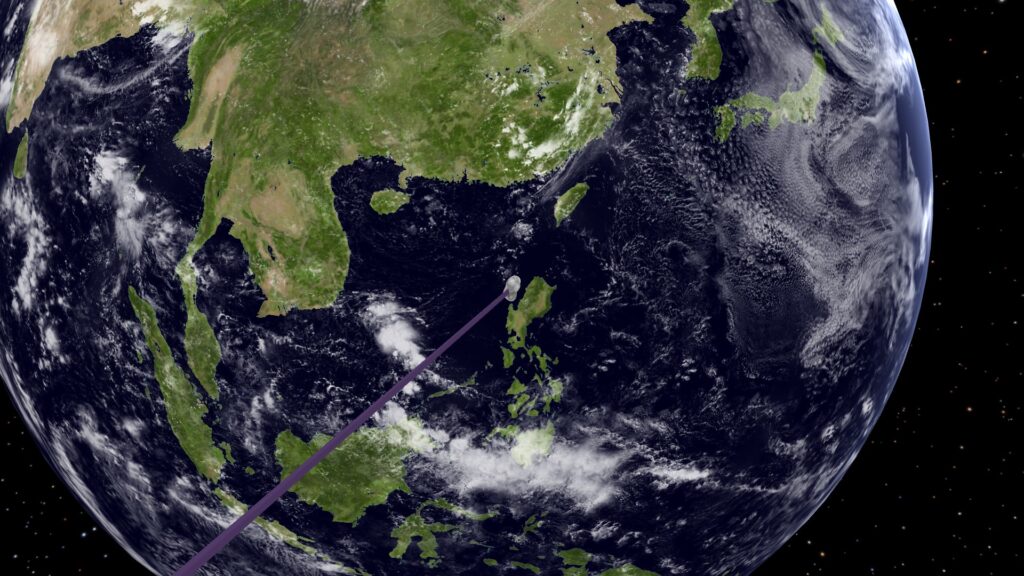This video shows the trajectory of the Comet C/2023 P1 (Nishimura) against the background of stars when observed from Earth during the time interval from August 16 to December 5, 2023.
The “guest” spends almost all of August in the Gemini constellation just south of Castor and Pollux. During the last week of August and the first days of September the comet will cross zodiac constellation of Cancer. Then it will continue its journey along the Leo constellation. Early in the morning, before sunrise, it will be possible to try to see it even with the naked eye, but only away from cities.
Comet Nishimura will be at a minimum distance of 125 million km from Earth on September 12. The closest point of its orbit to the Sun (perihelion) it will reach on September 18, being in the constellation Virgo. At this point, it should have maximum brightness, but its observation will be difficult due to its proximity to the Sun.
The comet will pass just 33 million km from the surface of the Sun. Its speed relative to the Earth will exceed a tremendous 100 km/s. Nevertheless, the Sun will not release this comet from the Solar System. According to my forecasts, it will return in about 214 years.
From the end of September, the comet will be available for observation only to residents of the Southern hemisphere of the Earth. But the brightness of the comet will decrease rapidly. It will be possible to say goodbye to it only with the help of a fairly strong telescope.
Dear viewers, you can use this video as a guide and determine where to look for a comet on a given day. Just keep in mind that the sizes of the Sun, planets and comets in this video are greatly exaggerated compared to the distances between them. In reality, the comet will not shine so brightly.
Watch the video with subtitles.
Modeling and rendering were performed by author of AstroTubo channel using own software. Visualization of comet and its tail is also invented and implemented by the author of AstroTubo channel. The calculations took into account the mutual influence of the Sun, all the planets of the Solar System, the Moon and the comet on each other. Relativistic effects were also taken into account in the calculation. Non-gravitational effects associated with the comet nucleus matter evaporation were not taken into account.
The track ‘Denouement’ by Kai Engel sounds in this video. This track was not changed. Link: https://freemusicarchive.org/music/Kai_Engel/The_Run/Kai_Engel_-The_Run-_09_Denouement/
Attribution 4.0 International (CC BY 4.0) license:
https://creativecommons.org/licenses/by/4.0/





